Hemlock in Edmonton area?
Sherwood Botsford (z3, Alberta)
13 years ago
Featured Answer
Comments (11)
FrozeBudd_z3/4
13 years agoFrozeBudd_z3/4
13 years agoRelated Professionals
Forest Park Landscape Architects & Landscape Designers · Havre de Grace Landscape Architects & Landscape Designers · Newcastle Landscape Architects & Landscape Designers · Beachwood Landscape Contractors · Berkeley Heights Landscape Contractors · Concord Landscape Contractors · Cordele Landscape Contractors · Eustis Landscape Contractors · Gainesville Landscape Contractors · Setauket-East Setauket Landscape Contractors · South Lake Tahoe Landscape Contractors · Streamwood Landscape Contractors · Watertown Landscape Contractors · Tucson Window Contractors · Cicero Window ContractorsSherwood Botsford (z3, Alberta)
13 years agoleftwood
13 years agoSherwood Botsford (z3, Alberta)
13 years agobeegood_gw
13 years agoSherwood Botsford (z3, Alberta)
13 years agobeegood_gw
13 years agoSherwood Botsford (z3, Alberta)
13 years agoleftwood
13 years ago
Related Stories
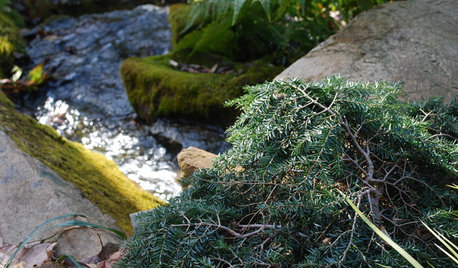
GARDENING GUIDESGreat Design Plant: Tsuga Canadensis ‘Bennett’
Bennett Canadian hemlock thrives in shade and provides sculptural interest in eastern U.S. gardens
Full Story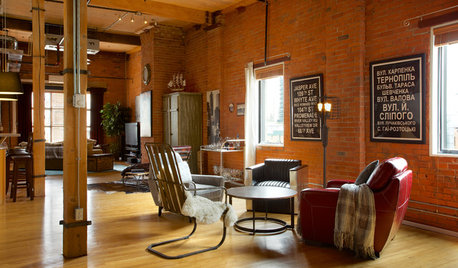
LOFTSDIY Spirit Reinvents an Industrial Home
Armed with a detailed plan from a designer, this homeowner rolled up his sleeves and transformed his Edmonton loft space
Full Story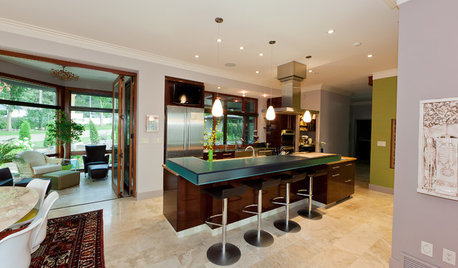
HOUZZ TOURSHouzz Tour: Open, Airy Canadian Bauhaus Home
Built for entertaining and maximizing natural light, an Edmonton home incorporates sunrooms, screens and easy access to the outdoors
Full Story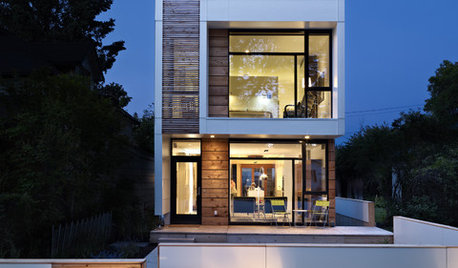
HOUZZ TOURSHouzz Tour: Wide-Open Views on a Narrow Canadian Lot
Expansive glass walls facing the street create openness, sun-filled rooms and closer relations with the neighbors
Full Story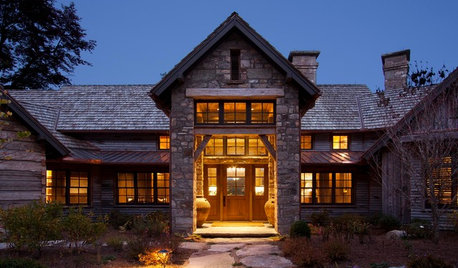
RUSTIC STYLEOld Southern Highlands Style for a New North Carolina Retreat
Antique woods add a sense of history to a gracious part-time home in the Blue Ridge Mountains
Full Story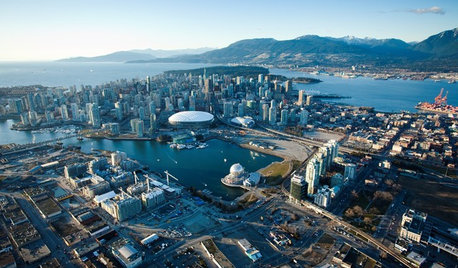
TRAVEL BY DESIGNTravel Guide: Vancouver for Design Lovers
You'll find more than just great architecture in this diverse coastal Canadian city — terrific parks, shops, eateries and museums abound too
Full Story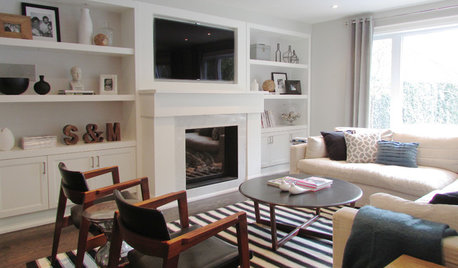
HOUZZ TOURSMy Houzz: Rising to the Renovation Challenge in Toronto
An eye for potential and substantial remodeling lead to a chic and comfortable home for a Canadian family
Full Story
LANDSCAPE DESIGNFlood-Tolerant Native Trees for Soggy Soil
Swampy sites, floodplains, even standing water ... if you've got a soggy landscape, these trees are for you
Full Story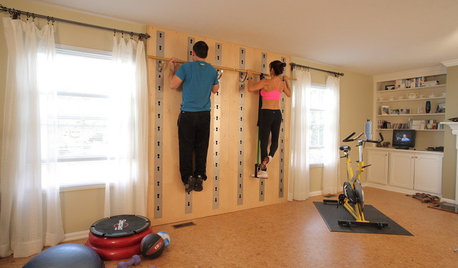
HOME GYMSHouzz Call: Show Us Your Home Gym or Exercise Space
Whether you have a fully devoted room with all the dumbbells and whistles or a bedroom corner, we want to see how fitness fits in your house
Full Story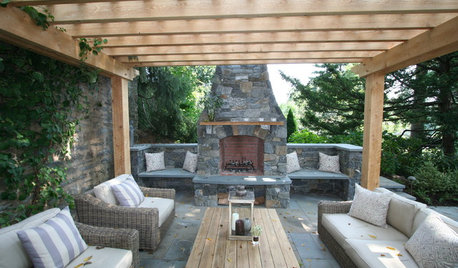
GARDENING AND LANDSCAPING3-Season Rooms: Fire Warms a Pergola-Covered Pennsylvania Patio
Amish-milled lumber and local bluestone set off a focal-point fireplace beautifully in this comfy outdoor living space
Full StoryMore Discussions






edmonton83